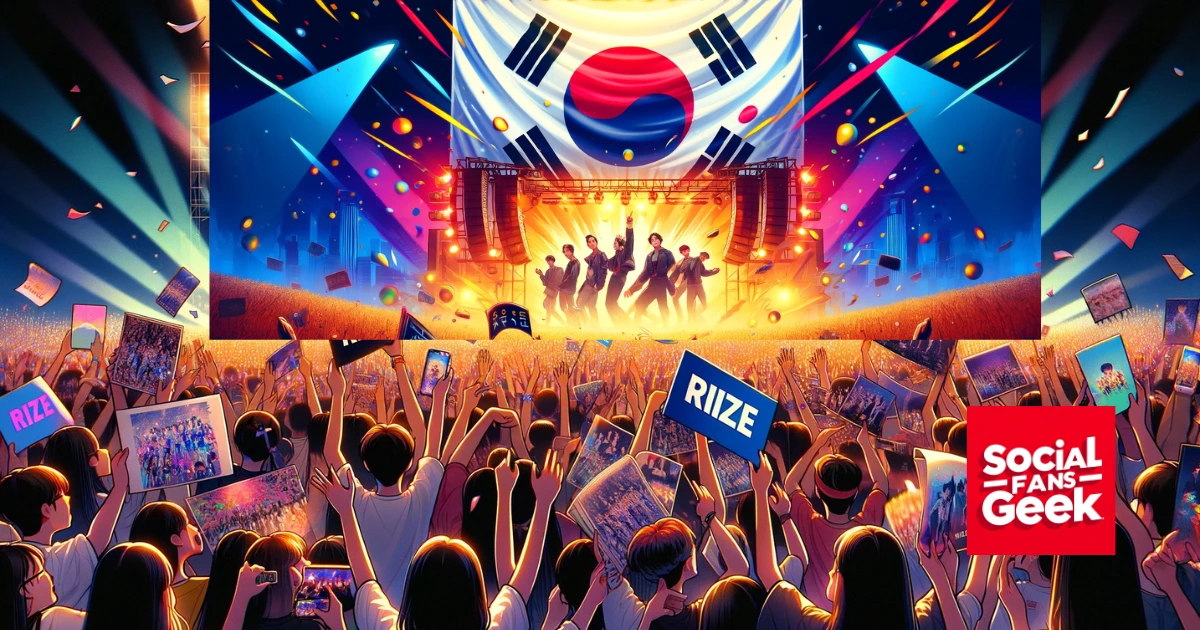Impact and Evolution of Social Fans on Influencers

The landscape of social media has undergone significant transformations over the past decade, dramatically influencing how individuals and brands connect with their audiences. Among the central elements driving this evolution are social fans—dedicated followers who actively engage with influencers. This article delves into the impact and evolution of social fans on influencers, supported by insights from Wikipedia, social media analytics, and a geek's perspective.
The Role of Social Fans in Influencer Marketing
Social fans are more than just passive followers; they are active participants in the online presence of influencers. Their engagement—likes, comments, shares, and direct messages—plays a crucial role in amplifying an influencer's reach and credibility. According to Wikipedia, the term "influencer" refers to individuals who have the power to affect the purchasing decisions of others because of their authority, knowledge, position, or relationship with their audience.
Evolution of Social Media Engagement
Early Days: The Era of Passive Consumption
In the early days of social media, platforms like MySpace and Friendster were primarily about connecting with friends and family. User engagement was relatively passive, with interactions limited to basic actions such as adding friends and posting updates. Influencers, as we know them today, did not exist; rather, there were popular users with extensive friend lists.
Rise of Influencers: Active Engagement and Content Creation
With the advent of platforms like Facebook, Twitter, Instagram, and YouTube, the nature of social media began to shift. These platforms encouraged content creation and sharing, giving rise to the concept of influencers. Users started following individuals who produced engaging content, and the role of social fans became more pronounced. Influencers could now monetize their content through brand partnerships, sponsored posts, and advertisements.
The Present Day: Integrated Engagement and Analytics
Today, social media engagement is highly sophisticated, driven by advanced analytics and targeted strategies. Platforms like TikTok and Instagram have integrated features that promote interaction, such as Stories, Reels, and live streaming. Influencers leverage these tools to foster deeper connections with their social fans, who are now considered valuable assets in marketing campaigns. Social media insights tools allow influencers to track engagement metrics, understand audience demographics, and tailor their content to meet the preferences of their fans.
Impact of Social Fans on Influencers
Enhanced Credibility and Trust
One of the most significant impacts of social fans on influencers is the enhancement of credibility and trust. An influencer with a loyal and engaged fanbase is perceived as more authentic and trustworthy. This trust translates into higher engagement rates and greater influence over purchasing decisions. According to a study by Nielsen, 92% of consumers trust recommendations from individuals over brands.
Increased Reach and Visibility
Social fans amplify an influencer's reach by sharing content within their networks. This organic spread of content can lead to viral moments, significantly boosting an influencer's visibility. Platforms' algorithms also favor posts with high engagement, pushing them to a broader audience and attracting new followers.
Revenue Generation
Engaged social fans contribute directly to an influencer's revenue through various channels. Brands are willing to pay influencers with a loyal fanbase for sponsored posts and endorsements. Additionally, social fans often support influencers through direct purchases of merchandise, subscriptions, and donations on platforms like Patreon.
Feedback and Content Development
Social fans provide invaluable feedback that helps influencers refine their content. Comments and messages offer insights into what resonates with the audience, enabling influencers to create more targeted and effective content. This feedback loop is essential for continuous growth and adaptation in the ever-changing social media landscape.
Future Trends in Influencer Marketing
As social media continues to evolve, several trends are emerging that will shape the future of influencer marketing:
-
Micro-Influencers: While mega-influencers have extensive reach, micro-influencers with smaller, highly engaged audiences are becoming increasingly valuable. Brands are recognizing the authenticity and niche influence of micro-influencers.
-
Interactive Content: The demand for interactive content such as live streams, Q&A sessions, and AR/VR experiences is growing. Social fans seek immersive experiences that allow for real-time interaction with influencers.
-
Data-Driven Strategies: Advanced analytics and AI tools are enabling influencers to develop more data-driven strategies. Understanding audience behavior and preferences will be crucial for sustained engagement and growth.
-
Platform Diversification: Influencers are diversifying their presence across multiple platforms to mitigate risks associated with algorithm changes and platform-specific issues. Being active on various platforms ensures broader reach and resilience.
The impact and evolution of social fans on influencers underscore the dynamic nature of social media. Social fans have transformed from passive observers to active participants, driving the success and growth of influencers. As social media continues to evolve, the relationship between influencers and their social fans will remain a cornerstone of digital marketing strategies. By leveraging engagement, trust, and analytics, influencers can navigate the future landscape and continue to thrive in the digital age.

